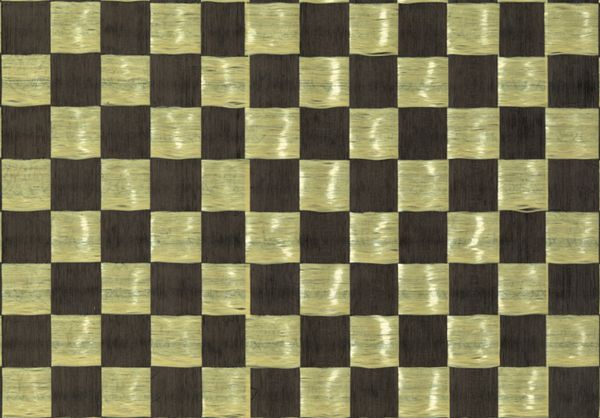Carbon fibre wouldnt normally be first choice as an energy absorbtion material because its too brittle. To make it function effectively as an energy absorber, you need to make it fail in a controlled and progressive manner which is very difficult. Materials like kevlar and glass would be better at absorbing impacts. The reason carbon fibre is used in F1 would be weight. The teams then pay a massive cost in terms of engineering time to make it work properly.Paul wrote:I find is strange, because deformation zones in F1 cars are made from carbon fibre with no additives, as far as I know. And considering the stringent tests they have to withstand, that seems to be the optimum solution. Carbon fibre effectively turns to dust on impact, dissipating maximum possible energy. Reinforcing that with titanium or otherwise might defeat the purpose...
Carbon titanium could theoretically help with the impact resistence because Ti has a low young modulus and a high UTS which means it can absorb a lot of energy in a crash where the carbon fibre would just shatter.
So my guess is that its role in the Pagani is to allow a stiff and light structure which doesn't need a 1€ million development program to make it fail in a progressive way. I'd guess its not on the whole chassis too, just areas subjected to impacts.
Tim



